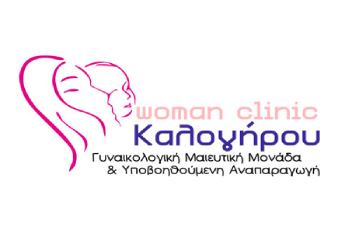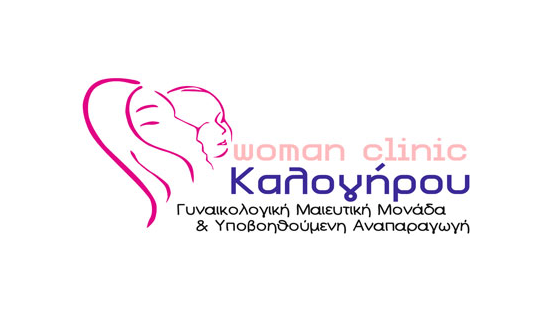What is an invasive laparoscopy?
THE laparoscopy is a modern method of surgical diagnosis and treatment performed with the help of laparoscopic tools through small incisions. It is minimally invasive and has the advantage of a better aesthetic result and a better and faster postoperative recovery, while it is also characterized by less postoperative pain, shorter hospitalization time and faster recovery. Laparoscopic surgery is indicated in the entire range of pathological conditions of the intra-abdominal region, with few exceptions.




